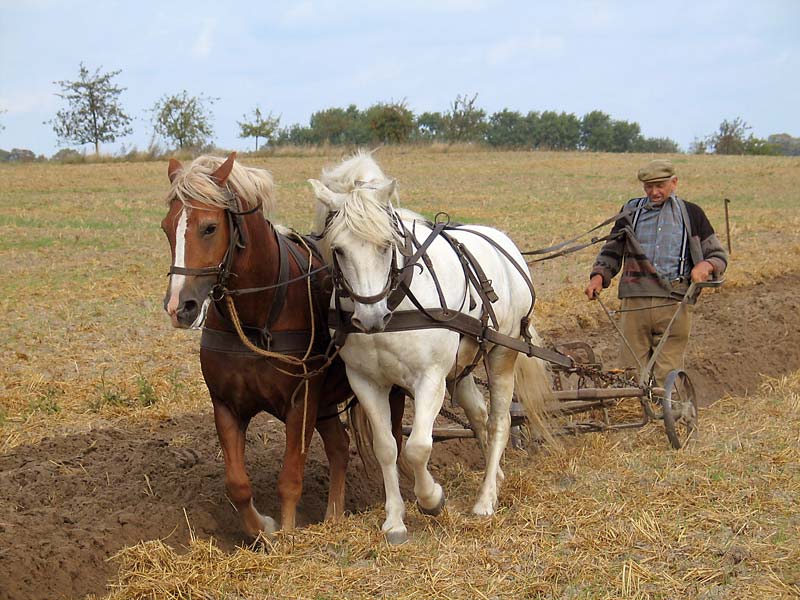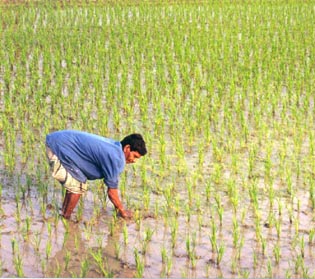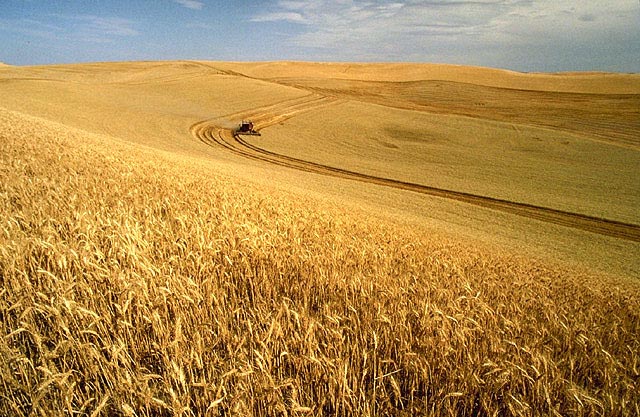Finally, some law and rural sociology/ag scholarship
Scholars largely assume that hog production is following the same industrialization process as the integrated poultry industry. Since the collapse of hog farming in the 1990s, academics have anticipated that producers will eventually become trapped in contracts that leave the integrator with full control over the production process. Embedded in this prediction is an assumption that hog farmers respond to these productive pressures individually. Our analysis of the Carthage Management System suggests a different path for the hog commodity chain. The Carthage Management System is a conglomeration of business management firms that bring finishing hog farmers together to form limited liability corporations (LLCs) in the breed-to-wean stage of hog production. We use a sociology of agrifood framework to suggest that the nuances of hog production encourage the use of what we call folding corporations to limit liability in ways that profoundly transform the family farm. Corporations and individual hog farmers alike employ this creative LLC structure to deflect responsibility for the risks of hog production. We identify how folding corporations externalize the costs of production onto rural communities. Additional research is needed to better understand unfolding farmer identities, legal protections for farmers, how widespread organizational structures like Carthage Management System are, and their consequences for rural communities and the industrialization process.
Cross-posted to Legal Ruralism.
Labels: agribusiness, animals, CAFOs, environment, the Midwest











